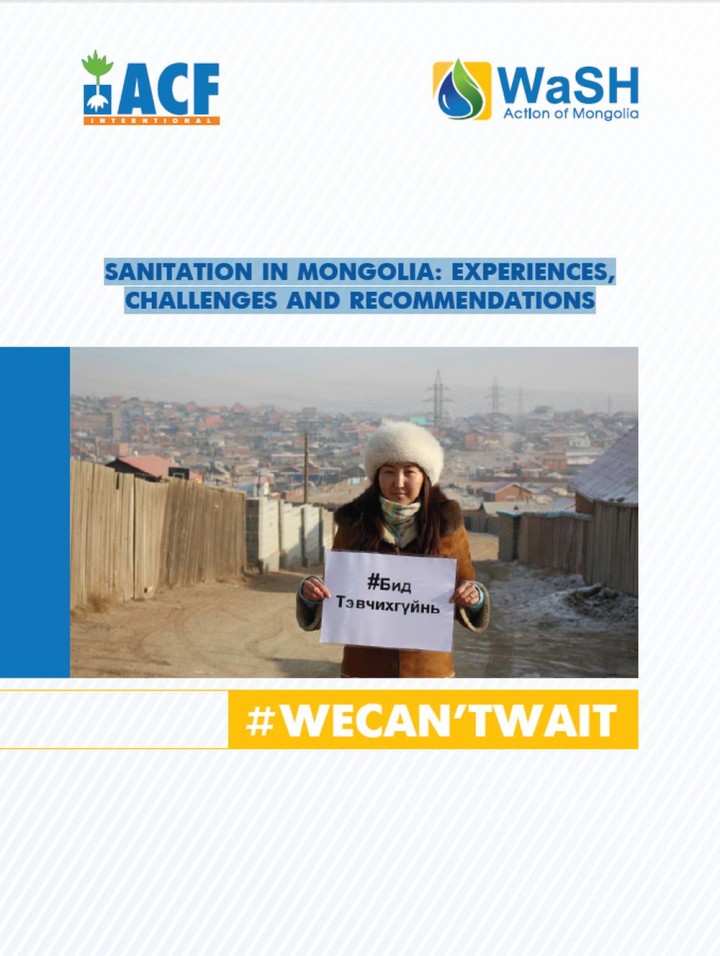Sanitation in Mongolia Experiences, Challenges and Recommendations Donati, P. F. (2015)
This work was motivated by the fact that sanitation in areas not served by water and sewer infrastructure has not registered a visible improvement during the last ten, fifteen years in Mongolia.
This is true both at Soum or Aimag level as well as at Ulaanbaatar level where 65% of the population, approximately 180.000 household relies on unimproved pit latrines characterized by very poor construction and poor hygiene conditions. Bigger effort in fact was put in the improvement of water access and, at least at Ulaanbaatar Municipal level, in the expansion of the water infrastructure. How to trigger household’s motivation to improve their sanitation facilities? What’s the role of the WaSH actors in this process?
In the framework of the report the following recommendation to optimize the sanitation sector are proposed and further discussed:
Recommendation 1: revision of the legal framework
Recommendation 2: wash actors soundly coordinate and establish a sanitation coalition to promote solutions for onsite sanitation
Recommendation 3: advocate and campaign on sanitation as a mean to improve Mongolian citizens’ living standards
Recommendation 4: launch of national programs on improvement of sanitation in human settlements not served by water and sewer infrastructures.
Bibliographic information
Donati, P. F. (2015). Sanitation in Mongolia Experiences, Challenges and Recommendations Wash Action of Mongolia
Filter / Tags
Peri-urbanRuralEnglish

